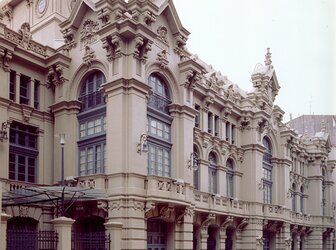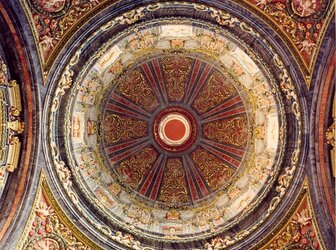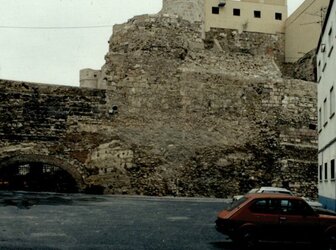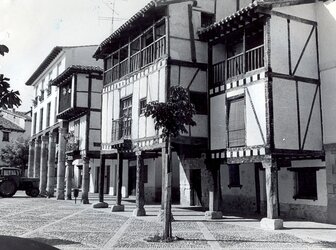The Descalzos Church, Ecija
In spite of its importance in the field of andalusian and Spanish baroque, the Descalzos church was abandoned for a long time. The church was an important part of the old convent, now disappeared. The decay problems started when this convent was sold and demolished, building on ...
Read more
Project details
| Title: | The Descalzos Church, Ecija |
|---|---|
| Entr. year: | 2010 |
| Result: | Award |
| Country: | Spain |
| Town: | Ecija (Andalusia) |
| Category type: | single building |
| Notes: | Type also: archeoogical sites; works of arts and collections; urban setting |
| Building type/ Project type: | Religious building/memorial |
| Former use: | Church |
| Actual use: | Church, cultural activities |
| Built: | 17th century |
| Architect / Proj.leader: | Fernando Mendoza Castells, Architect |
| The Jury's citation: | The Jury awards this project for the excellent work of consolidation and integral restoration of the important, closed, seriously damaged and abandoned church of the ancient Convent of Descalzos, and the moveable items, liturgical heritage, altars and organ. It is awarded for the importance of the recuperation of this monument in a problematic urban environment by the creation of new parking and buildings around the church and for giving back to this monument not only its original functions, but also for opening the possibility of using this space for cultural purposes. It is a real example. |
| GPS: | 37°32'29,3"N; 5°4'57,6"W |
| Web, Links: | www.turismoecija.com/que-ver/iglesias.php |
Description:
In spite of its importance in the field of andalusian and Spanish baroque, the Descalzos church was abandoned for a long time. The church was an important part of the old convent, now disappeared. The decay problems started when this convent was sold and demolished, building on site an old people’s home now also disappeared, being substituted by a complex of apartments built in the sixties with great danger for the stability of the church, damaged by the construction of a parking basement. The initiative of its integral restoration came from the General Direction of Cultural Heritage, Junta de Andalucía, and was specially promoted by the former Director D. Jesús Romero, expert art historian. The restoration was inserted in the wide and ambitious cultural program called “Baroque Andalucía”. The main purpose of Descalzos operation was the total recovery of the whole, the building and its liturgical heritage as well as the organ. The idea was to promote a future use mix of religious and cultural activities. The main interest of this operation has been its integral character, putting together the architectural aspect as well as the restoration of altarpieces, sculptures, paintings, wood and metalworks. Before 2006 the Descalzos church was abandoned, closed to the public and severely damaged. The pillars had to be reinforced with metal braces and its walls and vaults presented huge cracks. Its restoration was demanded by the Écija people during many years in vain. From December 2006 an ambitious project of consolidation and integral restoration was carried on and finished in September 2009. Not only a reinforcing process of the building has been completed, but as well, all its liturgical heritage, including altarpieces and the organ have been treated. Works included painting, sculpture, plaster, metal and wood, both painted and gilded. The foundations have been reinforced, the structure has been heeled, the vaults and pillars renovated, the belfry has been fixed and a new pavement has been set up both in church and sacristy. The historic doors, a fine work typical from Écija, were all restored, recovering the original color and texture of wood. All external windows have been renovated and all the water, sewage, electricity an lighting networks , both internal and external, are brand new. The back garden has been treated and a new front plaza has been created to protect the church and provide an external ceremonial space.
Similar projects


15th century




20th century

17th century

15th century

13th century

10th century

16th century

9th century






